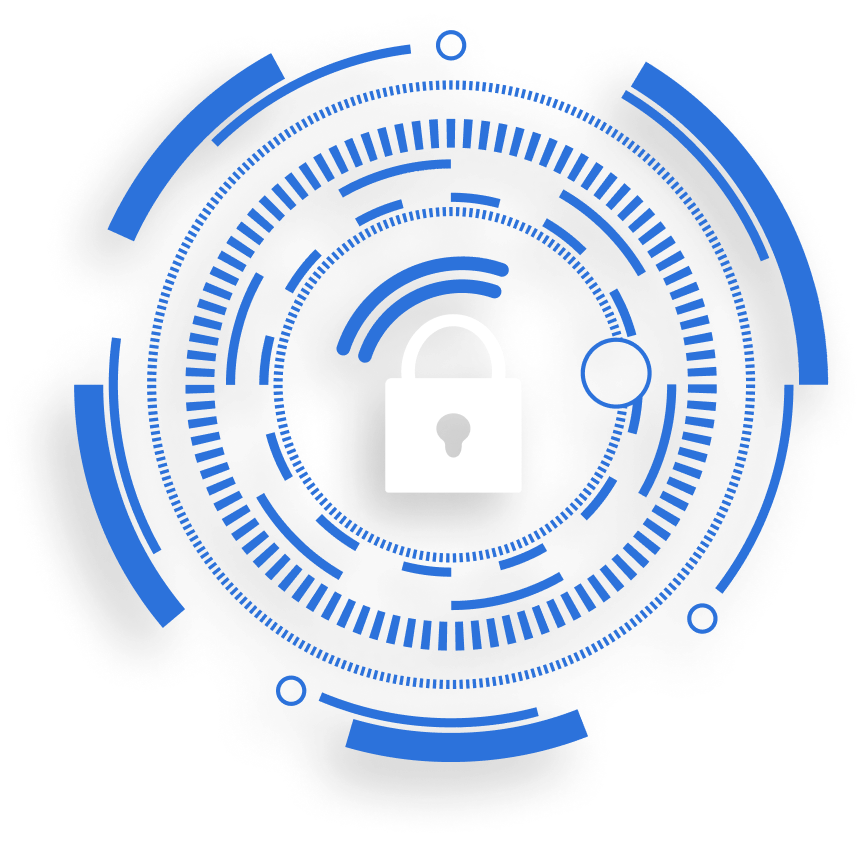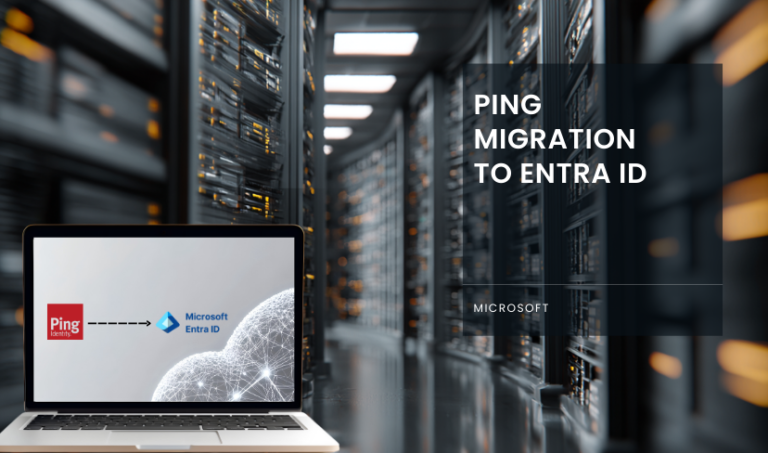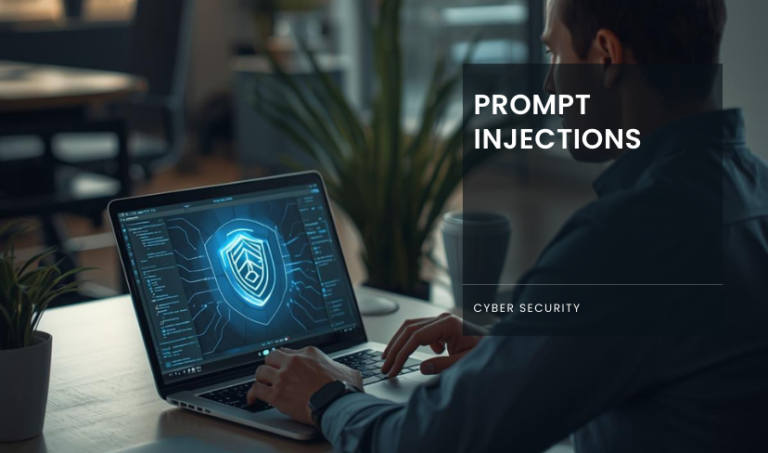Written by KRITIKA SINHA | TRANSPUTEC
A single scam email or a small vulnerability can cost a company millions, damage reputation, and leave customers exposed. Business owners and employees often underestimate how quickly attackers adapt, turning neglected network gaps into full scale breaches. That’s where Cybersecurity Planning comes in a structured process that turns reactive behaviour into proactive defence.
This post explains why Cybersecurity Planning matters now, how to build a plan that truly works, what tools and processes are essential, and how Transputec can help you implement a plan that prevents loss and ensures business continuity.
What is Cybersecurity Planning and Why It Matters?
Cybercrime is no longer a distant risk for tomorrow. In 2025, global cybercrime is projected to cost over $10.5 trillion—with single breach costs averaging $4.88 million for businesses, not counting the less visible costs in lost productivity, downtime, and customer churn. Yet nearly two-thirds of organisations still approach cybersecurity reactively, addressing gaps only after they’re exploited.
With AI-driven automation, remote work, and shifting global supply chains, the threat surface for every business has exploded. Attackers no longer need to breach large firewalls; a third-party contractor, out-of-date device, or untrained staff member can be the entry point. Old approaches—relying on annual software updates or hoping insurance will cover losses—fall desperately short. The only way forward is proactive, data-driven cybersecurity planning that integrates with every part of business operations and decision-making.
The Building Blocks of Cybersecurity Planning
1. Assess Where You Stand
Cybersecurity planning starts by auditing your current reality. Too often, businesses discover vulnerabilities only when it’s too late. Effective cybersecurity planning calls for regular, comprehensive assessments of:
- Existing technical controls (e.g., firewalls, encryption, endpoint detection)
- Security policies and procedures (including remote work and device management)
- Employee awareness and training levels
- Supply chain and third-party risk exposure
Companies who complete annual risk assessments and staff training have been shown to detect and respond to incidents 50% faster than those that don’t, according to empirical research. Mature security planning means facing weaknesses head-on—not just assuming, “We’re probably safe.”
2. Build a People-First Security Culture
The best technology can be undone by human error. From click-jacking to social engineering, attackers often focus on staff as their weak link. Cybersecurity planning must include:
- Company-wide security training (simulated phishing, password hygiene, incident drills)
- Clear incident response playbooks so everyone knows what to do in a crisis
- Regular communication on emerging threats and best practices
- Trust matters as much as technology; when staff know they play a key role in defending data, awareness and vigilance are far higher.
3. Planning for Business Continuity
What separates resilient businesses from vulnerable ones is not if they get attacked—it’s how quickly they detect, isolate, and recover from the incident. Empirical analysis of 50 UK financial firms showed that those with robust business continuity planning cut their average incident down-time by 22% and financial losses by 21%, compared to unprepared competitors. Your cybersecurity plan should include:
- Frequent backup of critical data, with offsite and encrypted options
- Multi-layer access control and regular patching of all software
- A documented incident response plan reviewed and tested at least every six months
Proactive investment in continuity isn’t just smart compliance—it’s proven risk reduction.
4. Embracing Emerging Risks and AI
AI adoption and digital transformation can make business faster and smarter, but also introduce fresh cyber risks. Automated AI systems may make real-time decisions, but are vulnerable to data poisoning or adversarial attacks. New remote collaboration tools and cloud platforms, while convenient, increase supply chain complexity and risk. Forward-thinking cybersecurity planning now addresses:
- Strict governance and monitoring of AI tools and data pipelines
- Audit trails and real-time analytics for cloud and third-party systems
- Enhanced identity and access management (IAM) controls, adapted for hybrid workforces
Businesses leading in cybersecurity planning treat AI and digital innovation as both opportunity and risk, investing equally in speed and security.
Proven Strategies for Effective Cybersecurity Planning
1. Data-Driven Risk Assessments
Use threat intelligence platforms and data analytics to:
- Map all digital assets and identify high-value targets
- Monitor real-time activity for unusual behavior (potential breaches)
- Quantify the likelihood and impact of various attack types (ransomware, phishing)
- Create prioritised roll-out of mitigation steps, focusing first on greatest risks
Empirical research proves that organisations using real-time monitoring and predictive analytics experienced up to 30% fewer successful cyber incidents in 2024–2025.
2. Incident Response and Recovery
It’s not enough to document a response plan—simulation and practice matter. NIST’s recommended incident response framework includes:
- Preparation (set up a rapid-response team, assign roles)
- Detection and Analysis (SIEM tools, forensic triage)
- Containment, Eradication & Recovery (quarantine affected systems, restore normal operations)
- Post-Incident Review (what worked, what failed, how to improve)
Transputec recommends annual “tabletop” simulations of cyber incidents, ensuring teams can act rapidly under pressure and that weakspots are discovered in drills, not in crises.
3. Ongoing Improvement and Third-Party Risk Management
Cybersecurity planning isn’t a “set and forget” exercise. Successful organisations routinely review:
- Vendor and supply chain risk, especially for cloud providers and critical software
- Compliance with the latest regulatory requirements (GDPR, NIS2, PCI DSS)
- Feedback loops from incidents, near-misses, and external threat intelligence reports
With 46% of reported breaches in 2024 linked to third-party suppliers, continuous monitoring is essential.
How Transputec Delivers Cybersecurity Planning Excellence?
Transputec’s cybersecurity experts draw on decades of operational experience and industry-leading best practices to guide businesses through every stage of cybersecurity planning. The Transputec approach isn’t just about technology—it’s about holistic, business-aligned protection.
- Custom risk assessments that understand your unique vulnerabilities and sector risks
- Employee security training tailored to your culture and IT environment
- 24/7 monitoring with advanced SIEM and threat intelligence
- Proactive incident response guidance and crisis management
- Regular review sessions to adapt your cybersecurity planning as threats and business goals evolve
This integrated, advisor-led model has helped Transputec clients reduce security incidents by more than 30% year-over-year, as well as move from basic compliance to true resilience.
Conclusion
The business world of 2025 is shaped by relentless innovation, rapid digital adoption—and ever more persistent cyber threats. As the stakes rise, cybersecurity planning is no longer a technical backroom task but the foundation for operational resilience, customer trust, and future growth. Proactive assessment, people-first culture, tested continuity plans, and data-driven improvement empower organisations to weather disruption and turn security—a historic cost centre—into genuine business advantage.
Contact us to connect with an expert and get started with Transputec’s cybersecurity planning solutions. Equip your business for resilience, confidence, and growth—starting today.

Secure Your Business!
Ready to explore how we can enhance your security posture? Contact us today to speak with one of our experts.
FAQs
1. What is cybersecurity planning, and why is it vital?
Cybersecurity planning is the strategic process of assessing threats, identifying vulnerabilities, and creating actionable, company-wide policies and response mechanisms that protect digital assets and ensure business continuity. With cyberattacks increasing in scale and sophistication, effective planning is essential to minimise risk and safeguard reputation.
2. How can Transputec support my cybersecurity planning efforts?
Transputec offers tailored risk assessment, proactive defense, real-time monitoring, staff training, incident response design, and post-incident recovery, ensuring cybersecurity planning is business-aligned and effective at every level.
3. What are the most important steps in cybersecurity planning?
Start with a comprehensive risk assessment, build staff awareness, develop and regularly test incident response plans, secure critical assets, and review third-party risks. Regularly update your plans to address evolving threats.
4. How does cybersecurity planning protect against new risks like AI-driven threats and supply chain attacks?
Transputec’s approach to cybersecurity planning addresses governance and monitoring for AI tools, strict vendor compliance, and enhanced cloud security protocols, lowering your vulnerability as new digital threats arise.
5. Why choose Transputec for cybersecurity planning?
Transputec combines decades of industry experience with a pragmatic, partnership-led approach. Our teams don’t just implement tools—they empower your business, delivering sustained security improvements, measurable risk reduction, and long-term confidence.




